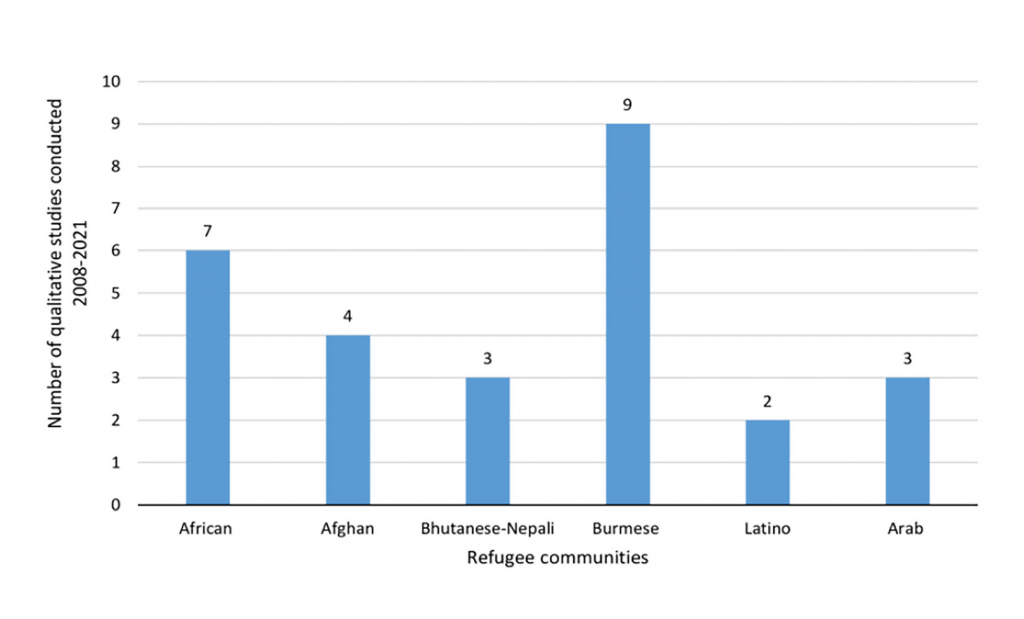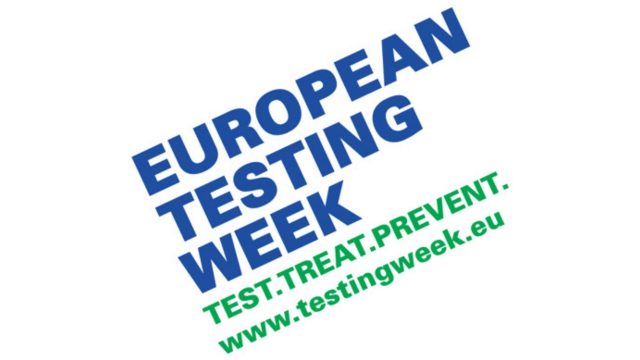A new study evaluating qualitative research on substance use and substance use disorders among refugees in terms of practitioners’ and substance users’ attitudes, beliefs and experiences.
The study looks at how the available qualitative research contributes to understanding the development, explanation, consequences and treatment of substance use among refugees. As well as this, the study also hopes to inform the best practises in qualitative interviewing techniques when working with refugees; as this group are vulnerable to stress triggers, and could potentially find the process traumatising.
Refugees are at high risk for substance use and substance use disorders and often face high barriers to treatment and interventions in host countries.
The study looks at a range of different populations, listed below, to try and gain a wide range of experiences and insight from around the world.

This figure from the paper illustrates the number of qualitative studies conducted among different refugee communities between 2008 and 2021.



